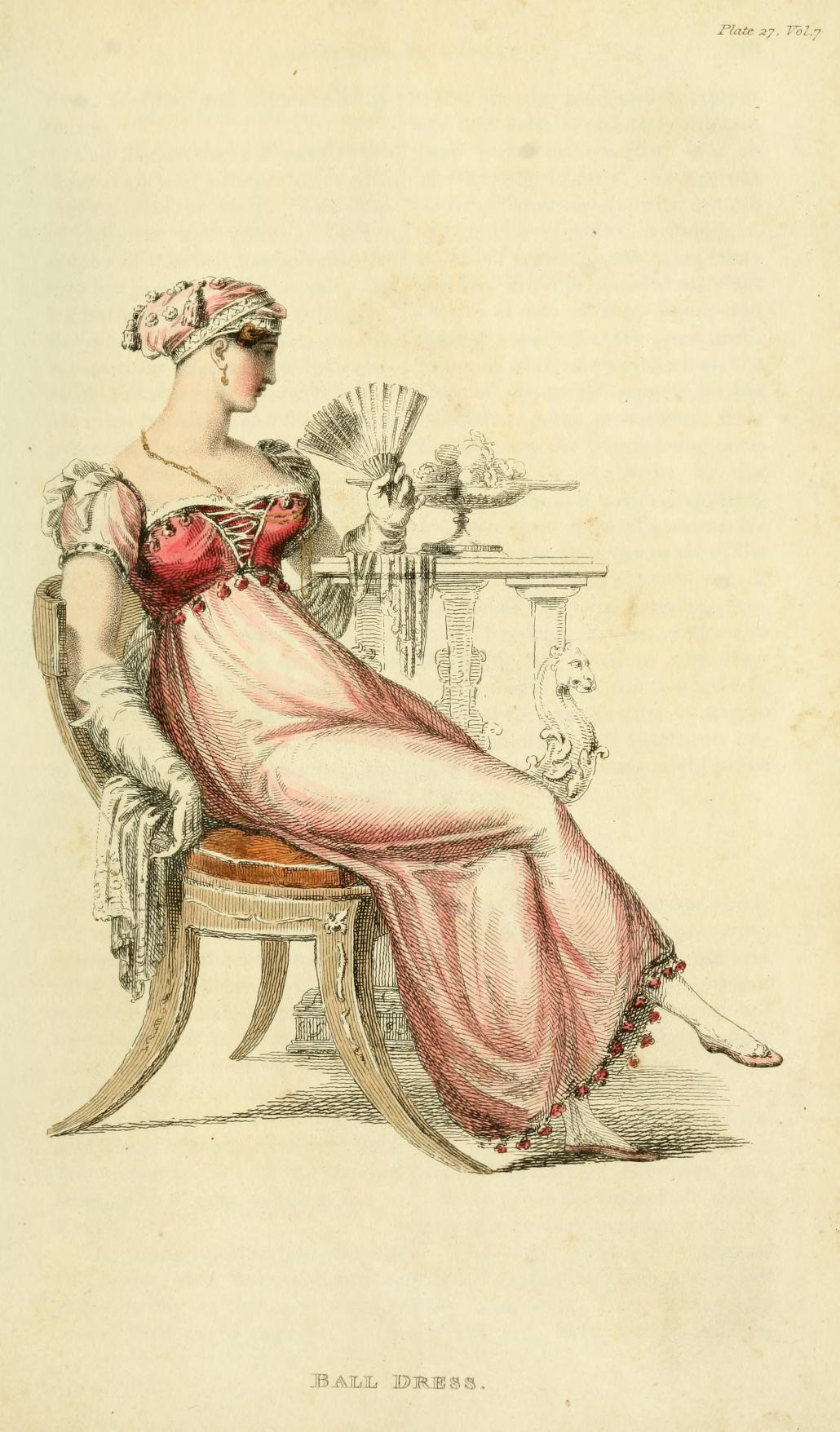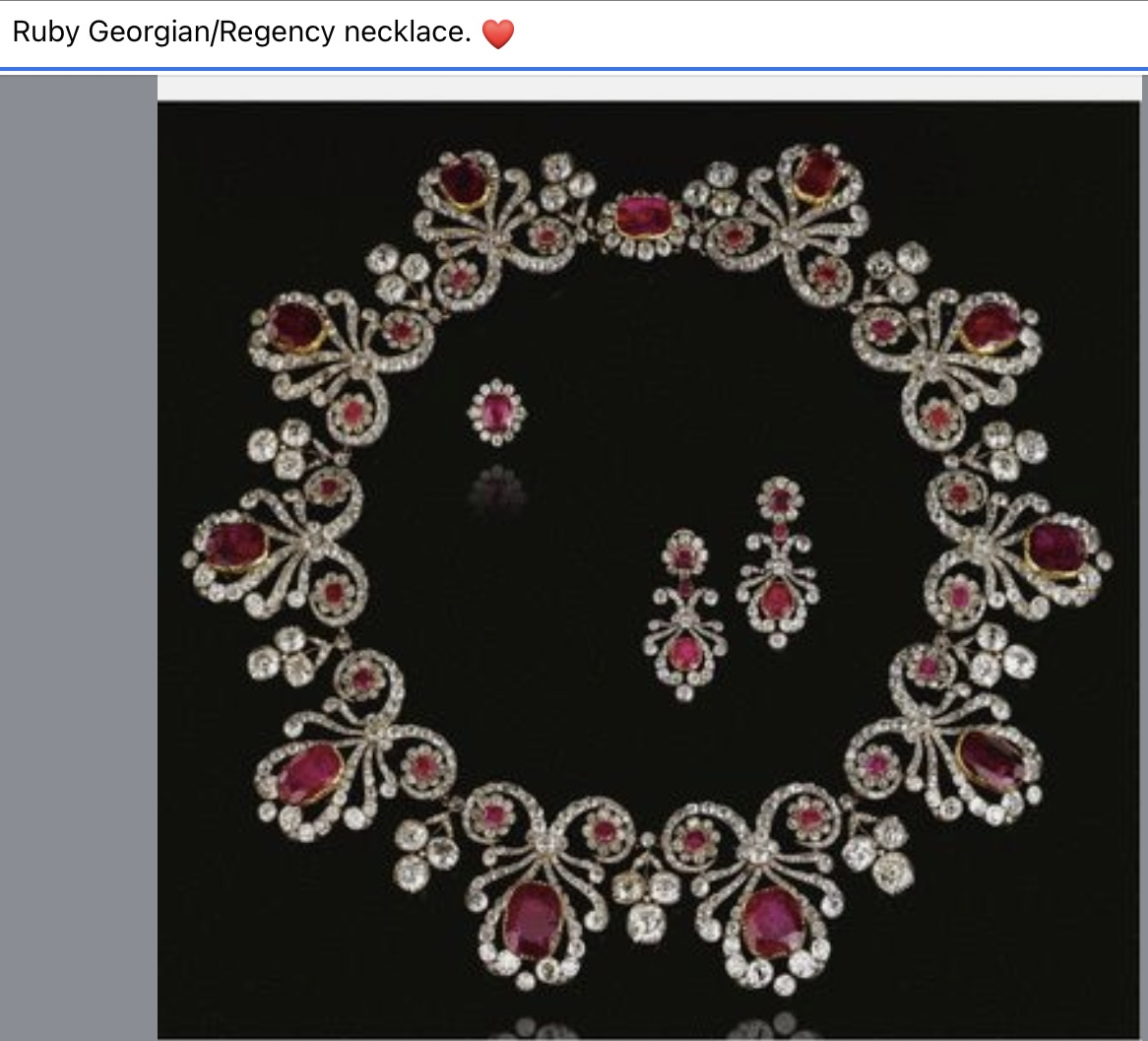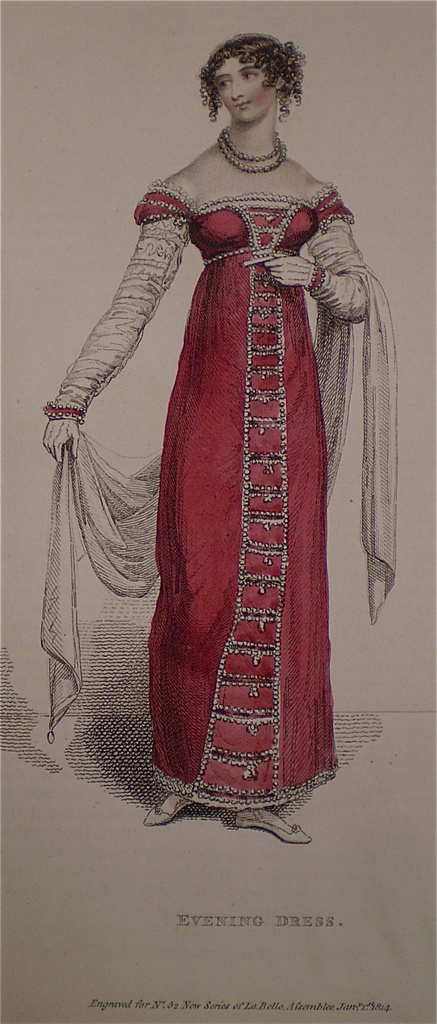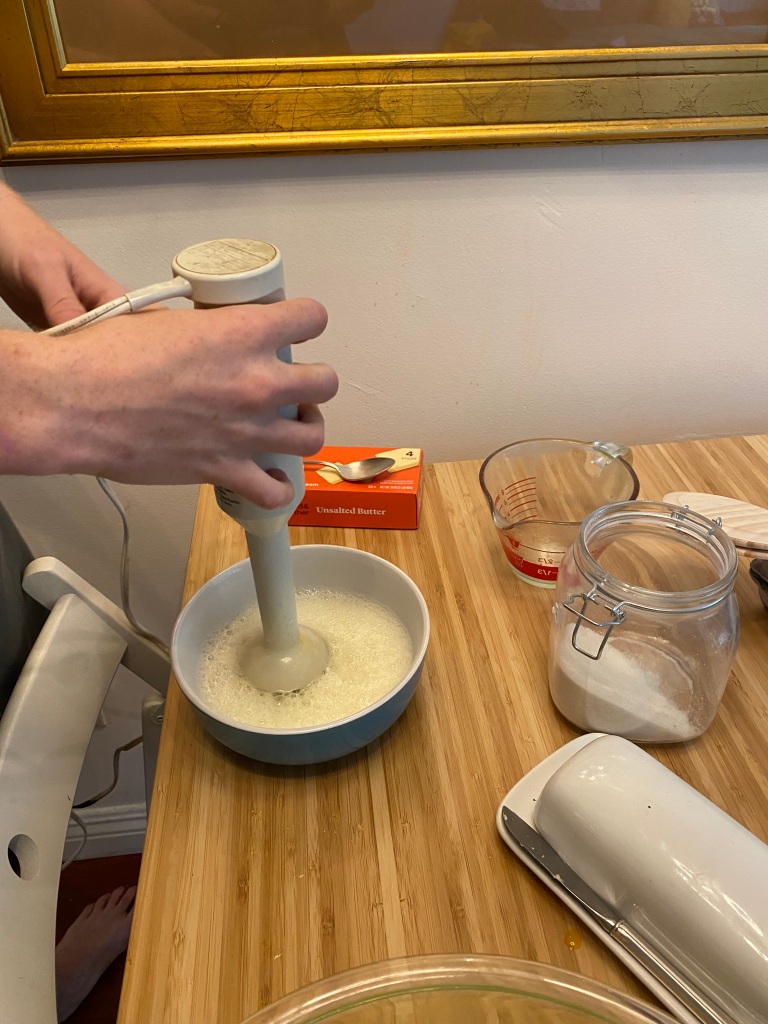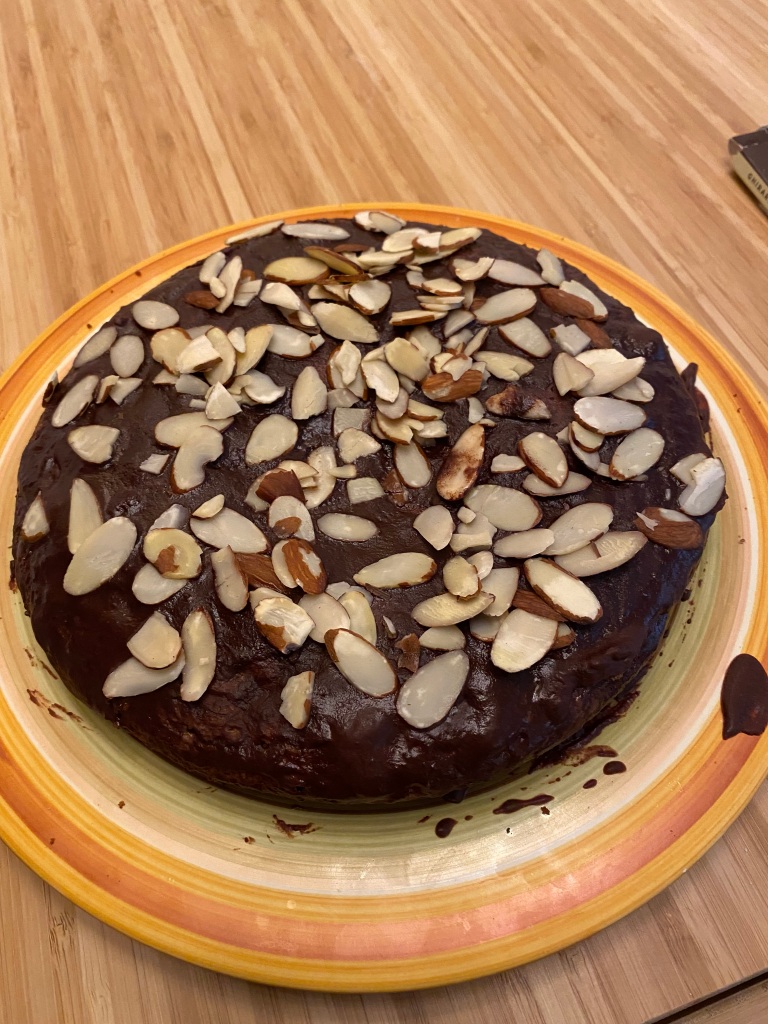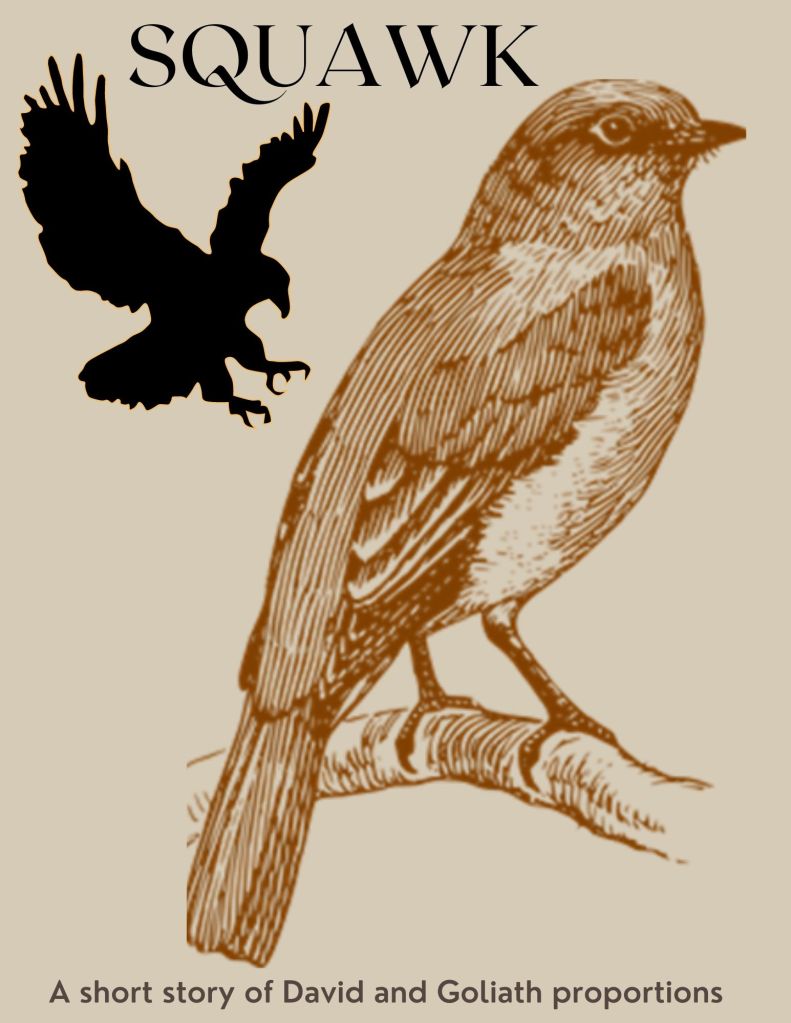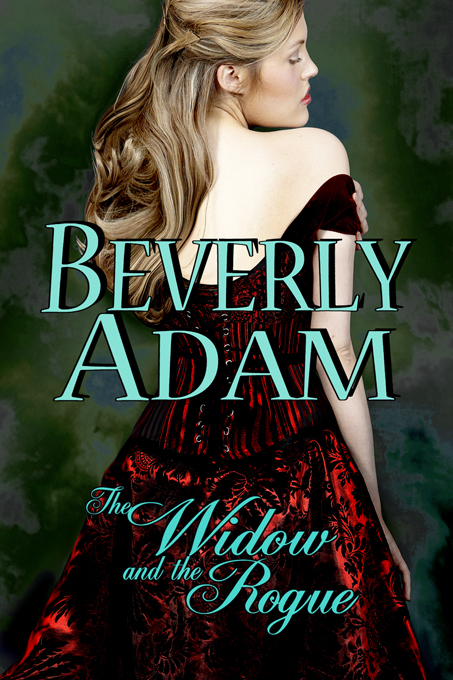
by Beverly Adam, romance and biographical fiction author.
Back in 2015, when my second biographical novel, Two Lovers, first appeared in print, the bookselling website:Book Goodies interviewed me about the writing process.
The question was posed: What do you think about the future of book publishing?
Let us jump into our Time Machine and see if my predictions were right or not. The year is 2023. The predictions were made in 2015- eight years ago.
First prediction: “Most sales are made online and mortar bookstores are good for selfies of you pointing to your book on the shelf or inking your autograph.”
Right and Wrong. Most of my sales come from online booksellers. As of this minute, don’t know any authors who are penning their names in any bookstores. Most likely, due to tax issues that arise if you supply the book, not the venue.
Frankfurt Book Fair (location: Germany). This is the biggest book fair in the world. Your book, as an author, is looked over by the international market. Live, in-person buying matters.
I love bookstores. They look great; the staff are helpful; and the vibe is wonderful. Step inside or outside one and you can have a glass of wine or a cup of coffee… Wonderful. Read and drink. What a great combo!
But- I must confess, most of my book sales are made online.
All of my books are Regency Romances or Biographical Fiction.
Advertisements shown in this blog are not endorsed by the author, as she has received no payment from WordPress for them.

Second prediction: “Paperback novels as of this minute sell well with baby-boomers and will continue to do so for another ten years.”
My regular hangout to buy books, not shockingly, is a bookstore. Turns out I may be wrong and right about this one. According to the Wall Street Journal, Baby-boomers are suffering from common aging ailments: arthritis and poor eyesight. Thus ye olde Nook and Kindle reader are still very much in use as hands stiffen and small font is too difficult to read.
By the way, I too have kept, despite living in a teeny-tiny studio the size of a shoebox, my favorite paperback reads. They are treasures. And when I can barely see them, I will still sniff them.
Third Prediction: “Because of an aging population, there will be more mature characters in romances and biographies, as either protagonists or important secondary side-kick characters.”
Wrong. Haven’t seen any older characters protagonist or side-kick in any romances worth remembering, as of yet.
Can it be done? Look at Lady Fitzpatrick, who appears in my Regency romance series: Gentlemen of Honor, as a tie-in sidekick character. Feisty and spunky! My publisher loved her so much that she made certain Lady Fitzpatrick played a role in all three romances and had her own happily ever after
Fourth Prediction: “PDF formatting will continue to be necessary as Amazon kindle is not used in many non-speaking countries, as readers do not understand how to download the app. needed onto their pc.”
Wrong: A round of applause to the crew over at Amazon Kindle! Instead of downloading the app., which most of the foreigners who I talked to could not. All you have to do is hit the “read now” button. Easy peasy. And if you are a very brave soul, you can download it onto your computer. Not a problem. Great job- Amazon Kindle! You made reading much easier for all of us. Bravo!
Fifth and Final Prediction: “Up and coming are Steampunk and science-fiction romances, along with more fantasy themes involving fairies, witches/warlocks, and a continued interest in shape-shifting wolves, dragons, and immortals.”
Correct. Look at what HBO and Netflix are putting out. The titles all read like the above prediction. Of which, many of these series are derived from novels, such as the Game of Thrones, series.
And if you haven’t read a romance romcom with a ghost, fairy, witch, or shapeshifter, as either the protagonist, or love interest, then you have not visited your local Target or Barnes and Noble bookshelves in a long time… My prediction? This trend will continue Crossover genres, such as horror, will continue to embrace the genres mix-mash.
Final comment: Companies can change, for the better. They do listen to their customers and writers. And to be honest, are influenced by YouTuber bibliophiles, (you know who you are), When I write it’s usually because I cannot find the book I want anywhere.
So, my advice to my fellow authors and those valiant publishing houses who continue to produce wonderful books, is to continue to check your own pulse and then hit the keyboard-Write and Publish on!

